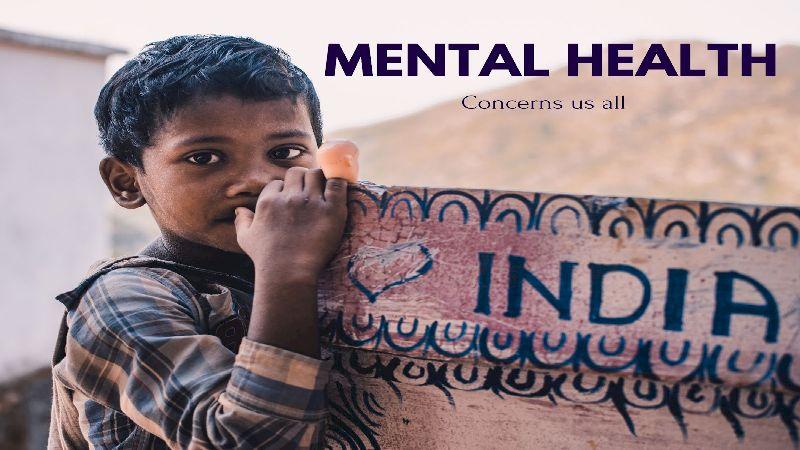Mental health issues have become a growing concern in Indian schools in recent years. The pressure to perform academically and the competitive nature of the education system can take a toll on students, leading to stress, anxiety, and other mental health issues. As teachers and parents, it is our responsibility to help students address these issues and promote their well-being. In this article, we will discuss some strategies for addressing mental health issues in Indian schools.
- Normalize Mental Health Issues The first step in addressing mental health issues is to normalize the conversation around them. Teachers and parents should openly discuss mental health issues with students, emphasizing that it is a common experience and nothing to be ashamed of. This can help reduce the stigma surrounding mental health issues and encourage students to seek help when needed.
- Create a Safe and Supportive Environment Teachers and parents can create a safe and supportive environment for students by fostering a positive and inclusive classroom culture. This includes celebrating diversity and encouraging open communication. When students feel safe and supported, they are more likely to speak up about mental health issues and seek help.
- Encourage Self-Care Teaching students the importance of self-care is an essential step in promoting their mental health. Teachers and parents can encourage students to take breaks, get enough sleep, eat healthily, and engage in physical activity. These simple activities can go a long way in reducing stress and promoting well-being.
- Provide Access to Resources Providing students with access to mental health resources is crucial in addressing mental health issues. Teachers and parents can provide information on counseling services, helplines, and other mental health resources available to students. They can also encourage students to seek help from school counselors, who can provide support and guidance.
- Encourage Peer Support Encouraging peer support is an effective way to promote mental health in schools. Teachers and parents can facilitate activities that promote positive relationships among students. This includes group projects, team-building exercises, and other collaborative activities. By creating a sense of community and support among students, they are more likely to help each other through difficult times.
- Teach Mindfulness Techniques Teaching mindfulness techniques such as deep breathing, meditation, and yoga can help students manage stress and anxiety. Teachers and parents can introduce these techniques to students and encourage them to practice them regularly. These techniques can be particularly effective when taught as part of a daily routine in the classroom or at home.
- Create a Positive Learning Environment Finally, creating a positive learning environment can go a long way in promoting mental health in schools. Teachers and parents can create an environment that is engaging, interactive, and fun. This can include incorporating games, humor, and other activities that make learning enjoyable. When students enjoy learning, they are more likely to feel motivated and engaged, which can have a positive impact on their mental health.
In conclusion, addressing mental health issues in Indian schools requires a concerted effort from teachers and parents. By creating a safe and supportive environment, providing access to resources, encouraging peer support, teaching mindfulness techniques, and creating a positive learning environment, we can promote the well-being of our students. It is our responsibility to prioritize the mental health of our students, and by doing so, we can help them achieve their full potential.










